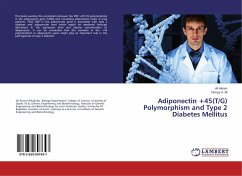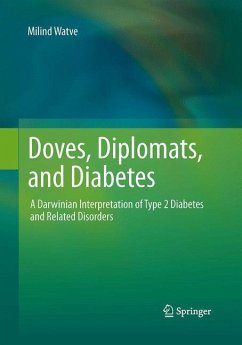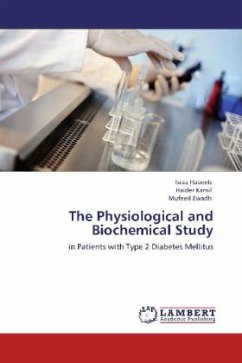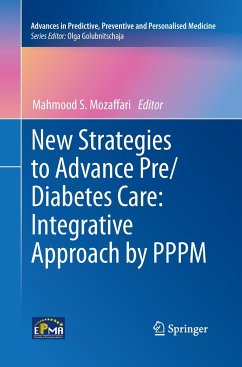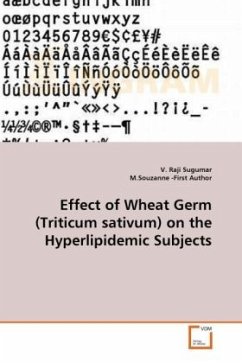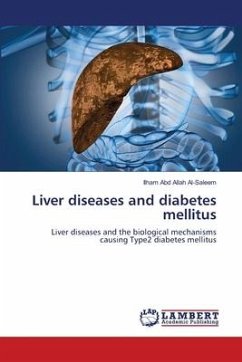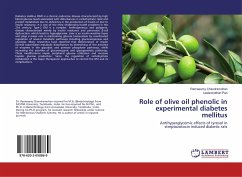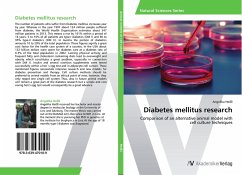
Diabetes mellitus research
Comparison of an alternative animal model with cell culture techniques
Versandkostenfrei!
Versandfertig in 6-10 Tagen
27,99 €
inkl. MwSt.

PAYBACK Punkte
14 °P sammeln!
The number of patients who suffer from Diabetes mellitus increases year by year. Whereas in the year 1997 about 124 million people suffered from diabetes, the World Health Organization estimates about 347 million patients in 2013. This means a rise by 161% within a period of 16 years. 5 to 10% of all patients are type-I diabetics (DM I) and 90 to 95% type-II diabetics (DM II). In Austria the portion of diabetics amounts 10 to 20% of the total population. These figures signify a great cost factor for the health care system of a country. In the USA about 132 billion dollars were spent for diabet...
The number of patients who suffer from Diabetes mellitus increases year by year. Whereas in the year 1997 about 124 million people suffered from diabetes, the World Health Organization estimates about 347 million patients in 2013. This means a rise by 161% within a period of 16 years. 5 to 10% of all patients are type-I diabetics (DM I) and 90 to 95% type-II diabetics (DM II). In Austria the portion of diabetics amounts 10 to 20% of the total population. These figures signify a great cost factor for the health care system of a country. In the USA about 132 billion dollars were spent for diabetes care at a diabetes rate of 6.3% of the total population in 2002. Lacking physical activity and frequent fatty and cholesterol containing diets lead to overweight and obesity which constitutes a great problem, especially in connection with DM II. Insulin and several nutrition supplements were tested successfully within a hen s egg test and in adipocyte cell culture. These mentioned figuresnecessitate intensive research and new models for diabetes prevention and therapy. Cell culture methods should be preferred to animal models from an ethical point of view; however, they only regard one single cell system. Thus, also in future animal models will remain a great part of the diabetes research but a simple and cost saving hen s egg test would consequently be a great advance.



